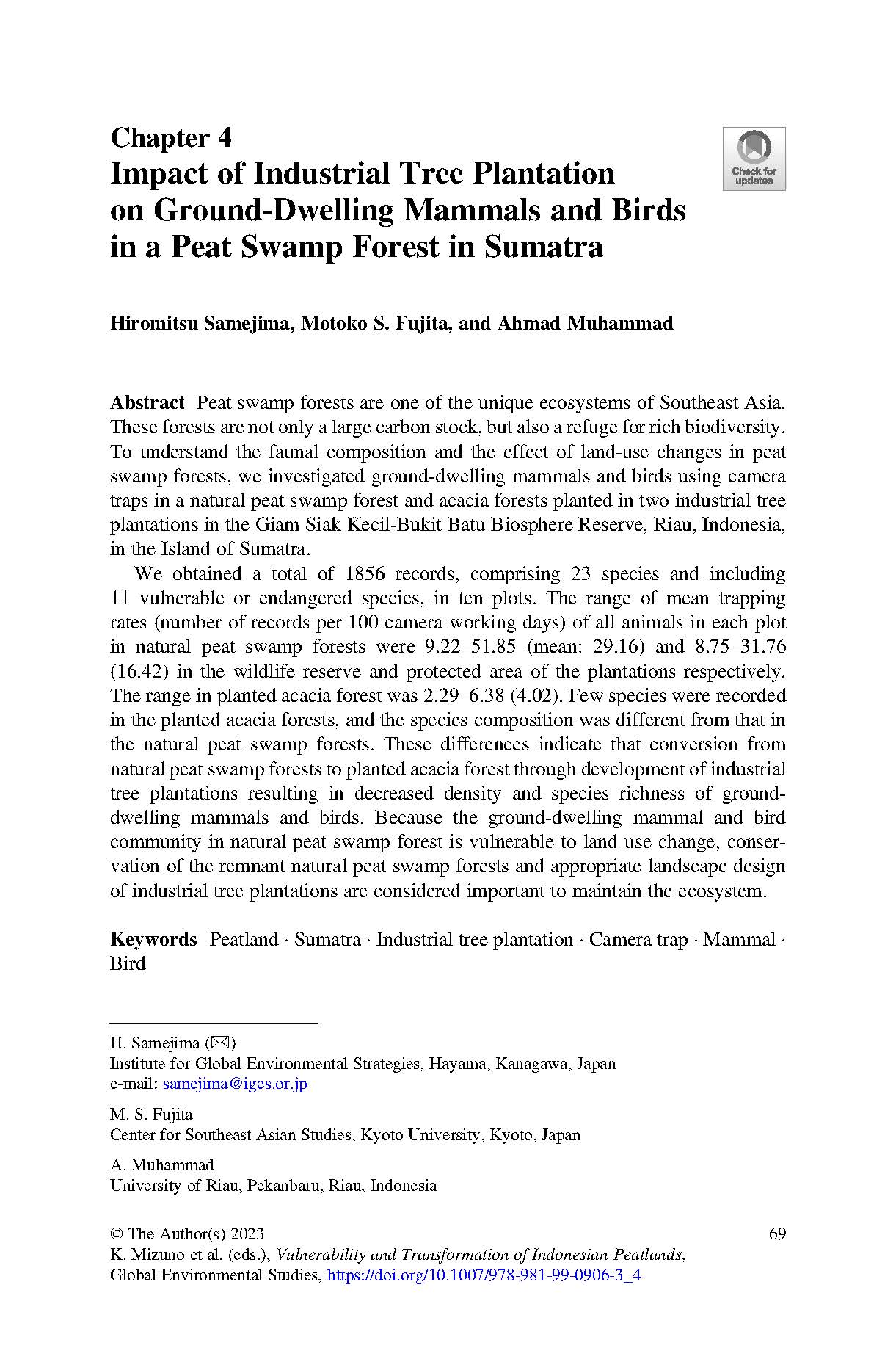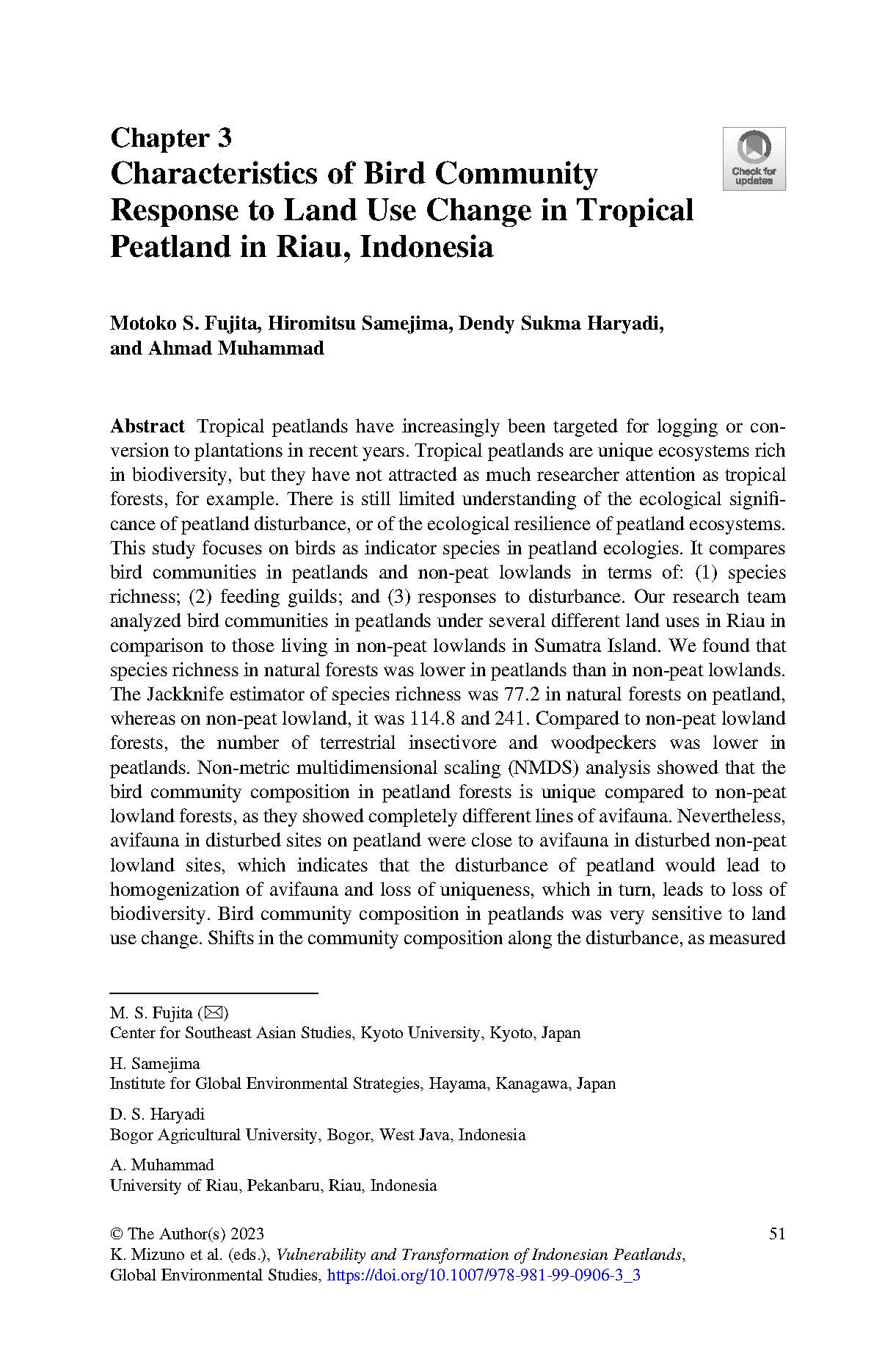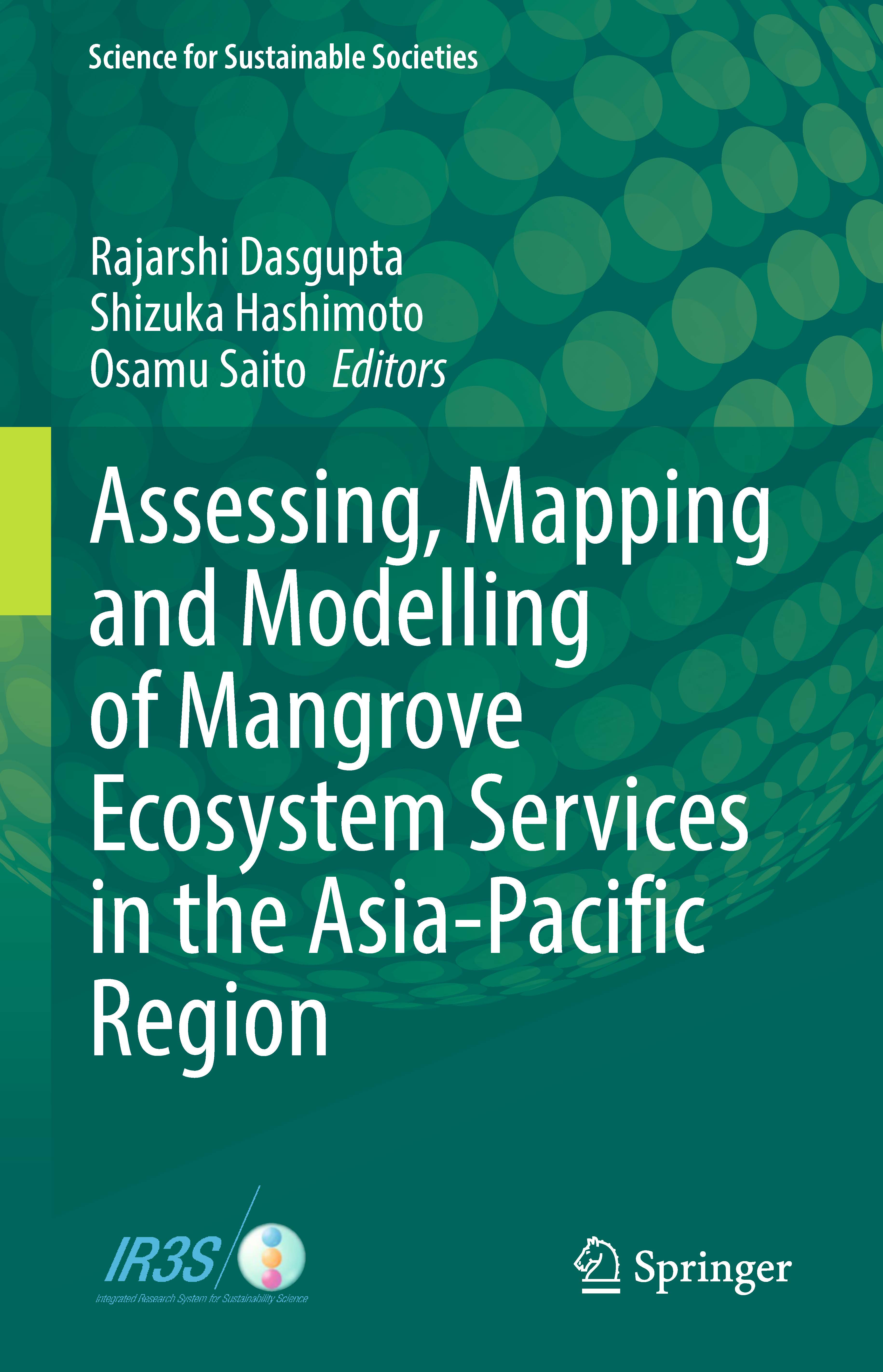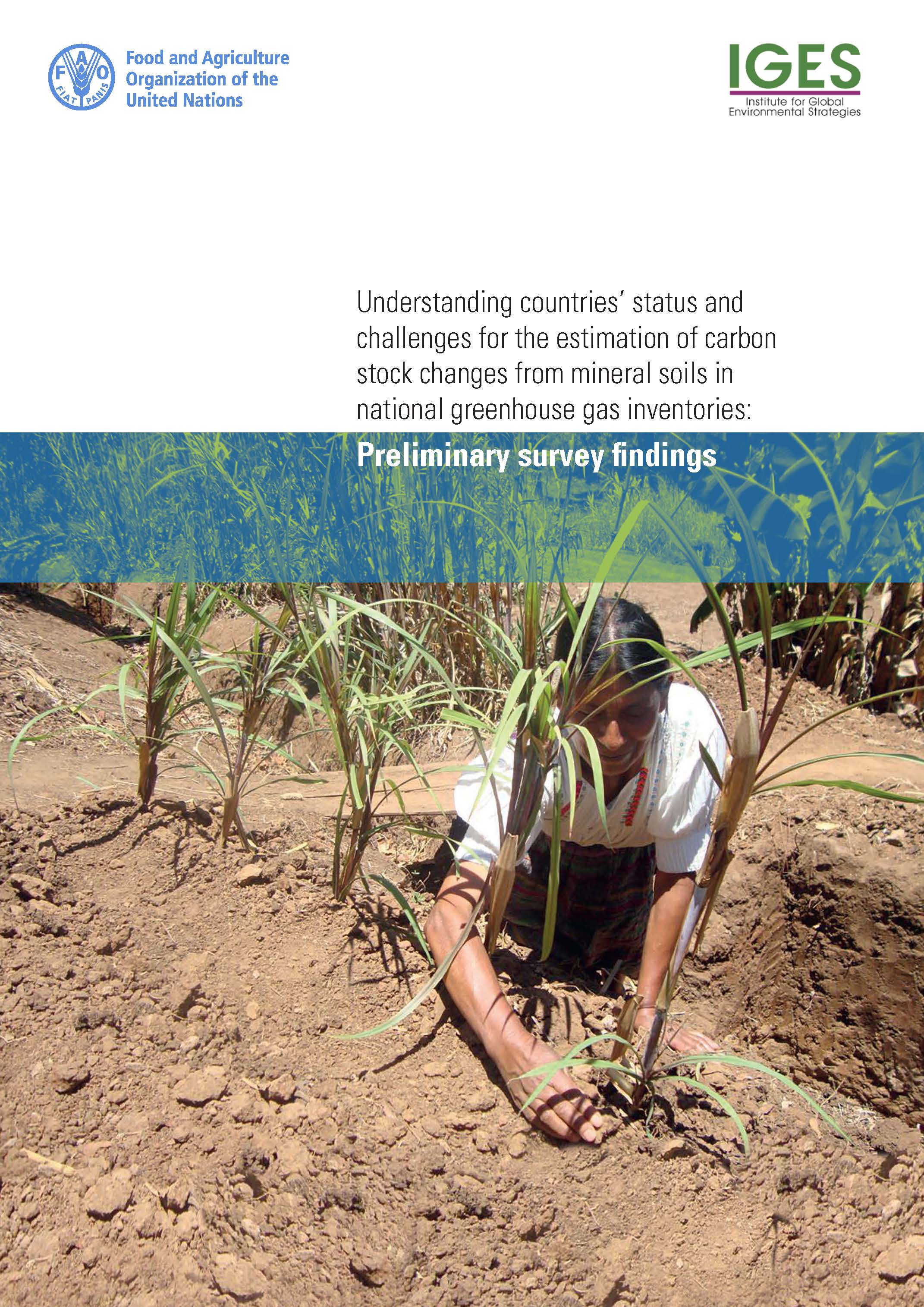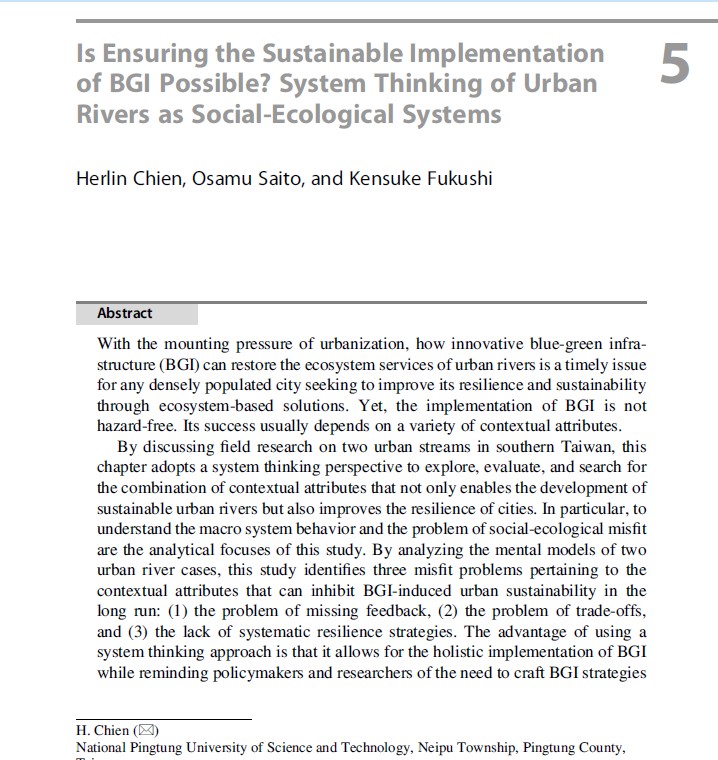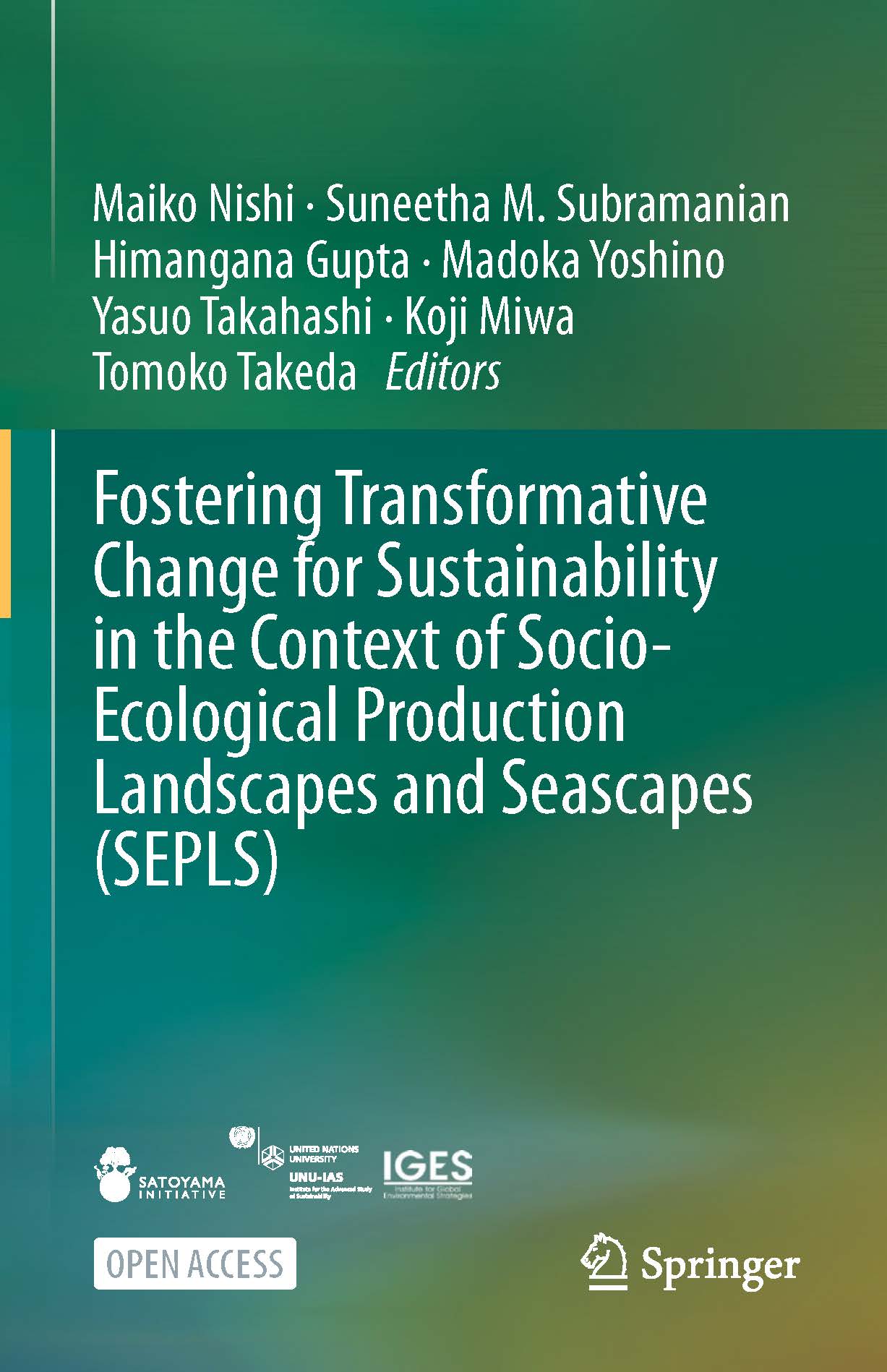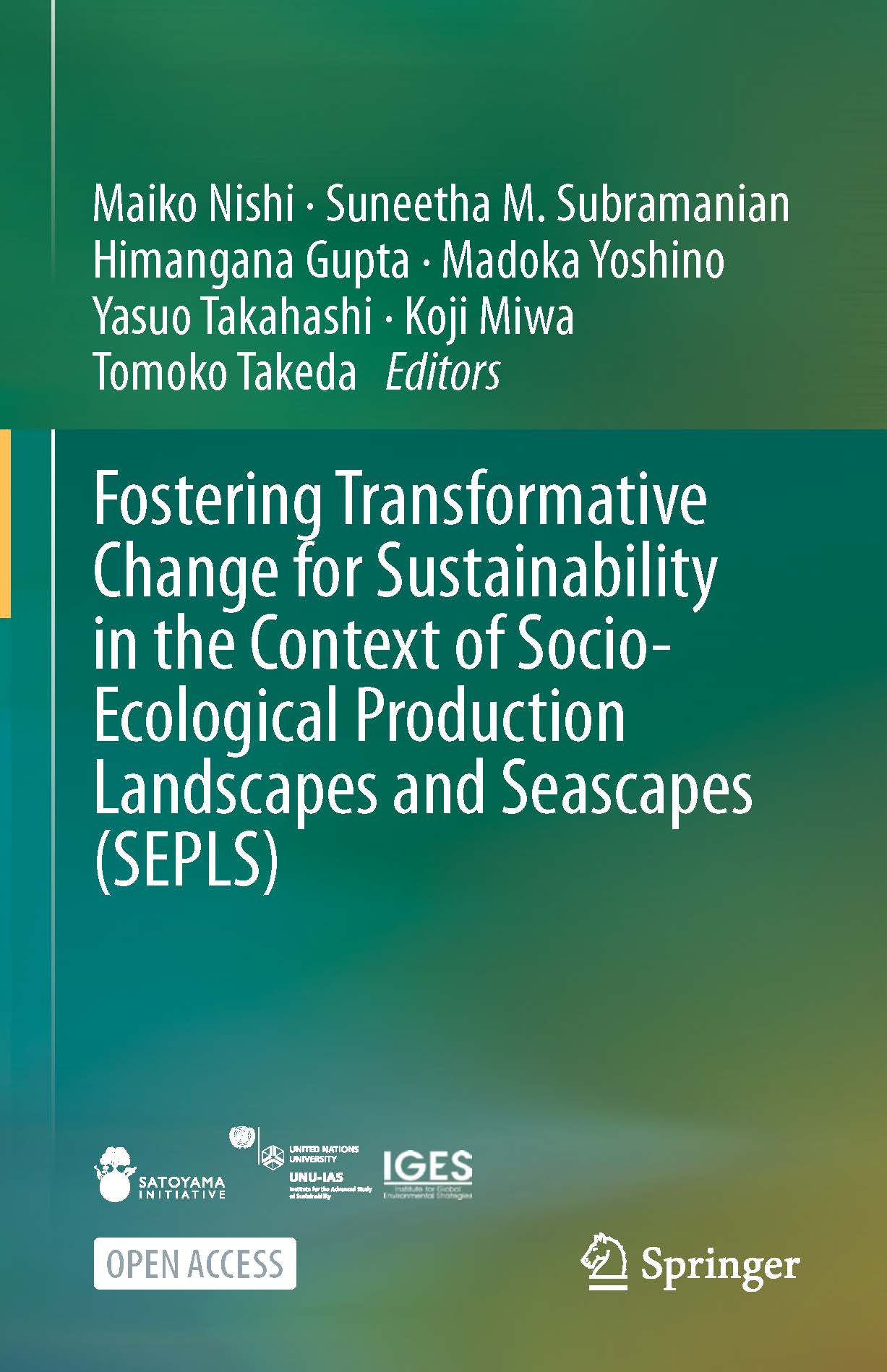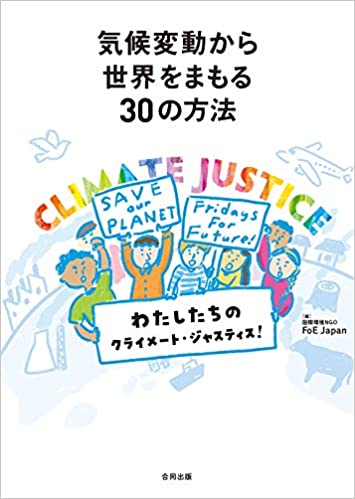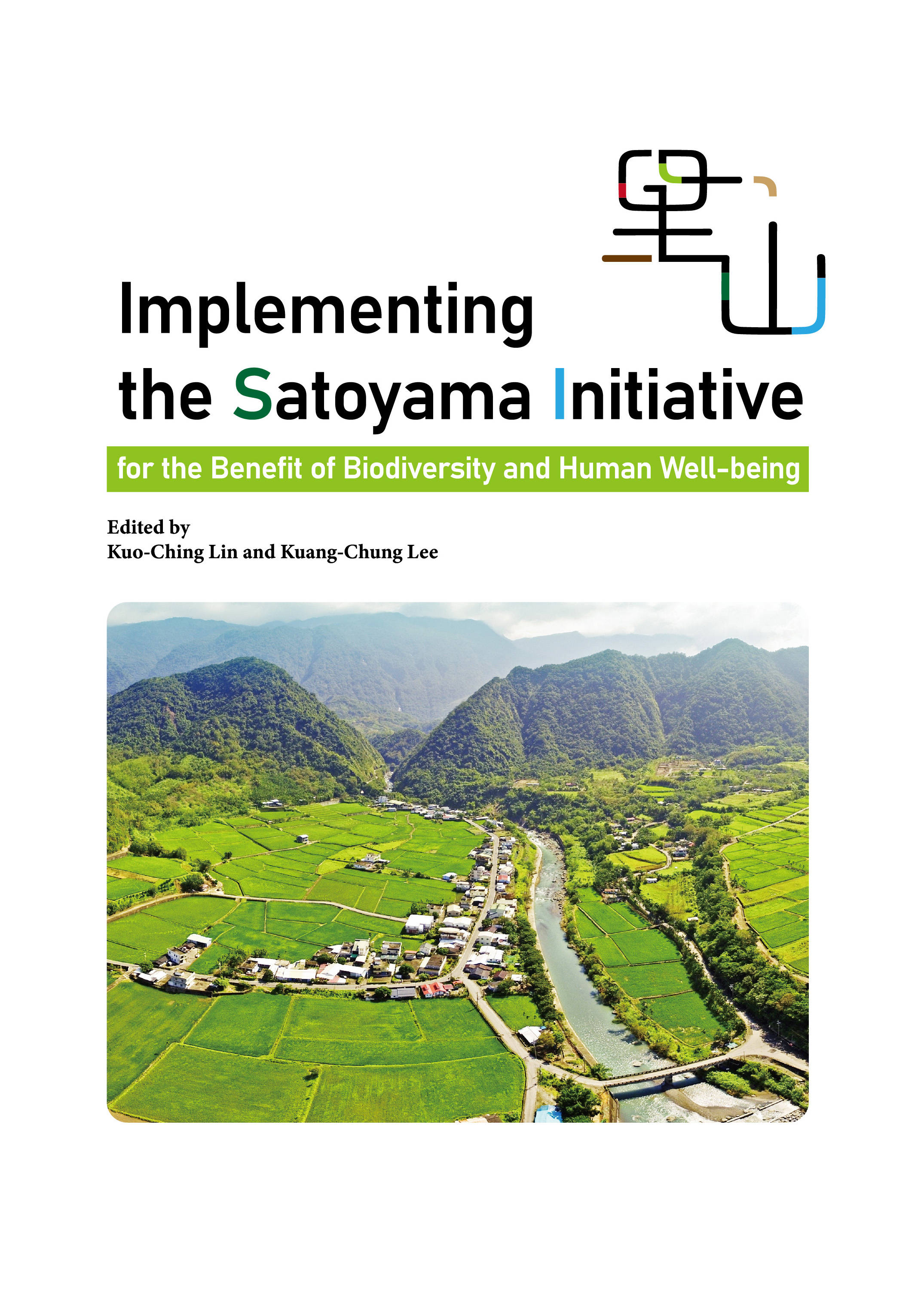In Vulnerability and Transformation of Indonesian Peatlands
Peat swamp forests are one of the unique ecosystems of Southeast Asia. These forests are not only a large carbon stock, but also a refuge for rich biodiversity. To understand the faunal composition and the effect of land-use changes in peat swamp forests, we investigated ground-dwelling mammals and birds using camera traps in a natural peat swamp...

